When hot summer weather hits, the pool and beach are popular places to cool off. Here are some tips for host parents and au pairs to keep everyone safe when supervising children around water.
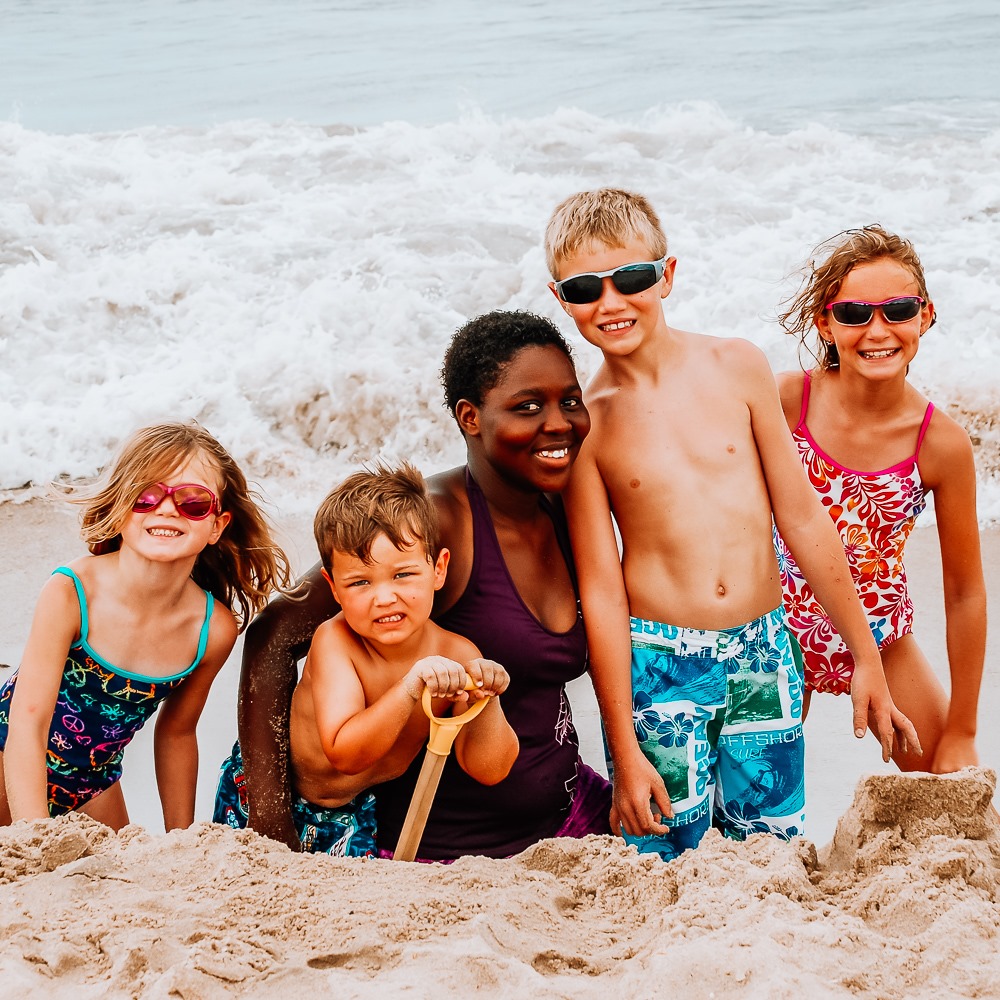
Water Safety Tips
- Never leave a child unattended near water.
- Drowning is silent; keep your eyes on the children at all times.
- If in the pool with a young child, never be more than an arm’s length away.
- Make sure the fence around the pool is closed properly.
- If you have an above-ground pool, remove the ladder when not in use.
- Swim at the beach or lake only when a lifeguard is on duty.
- Children over 4 years old should learn how to swim.
- Designate a specific person to watch the children.
- If boating, always wear a Coast-Guard approved life jacket.
- Keep a phone close by in case there is an emergency.
- If you leave the area for any reason, the kids go with you.
- Consider taking a water safety course.
Here is a video with info on how to spot when someone is in trouble in the water.
Photo: Au Pair in America

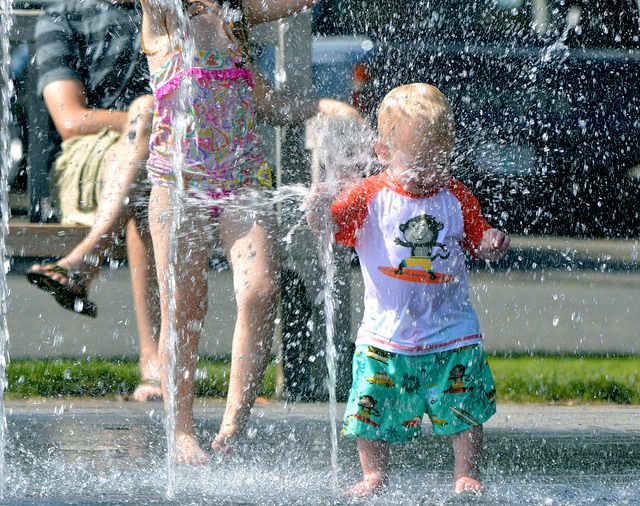
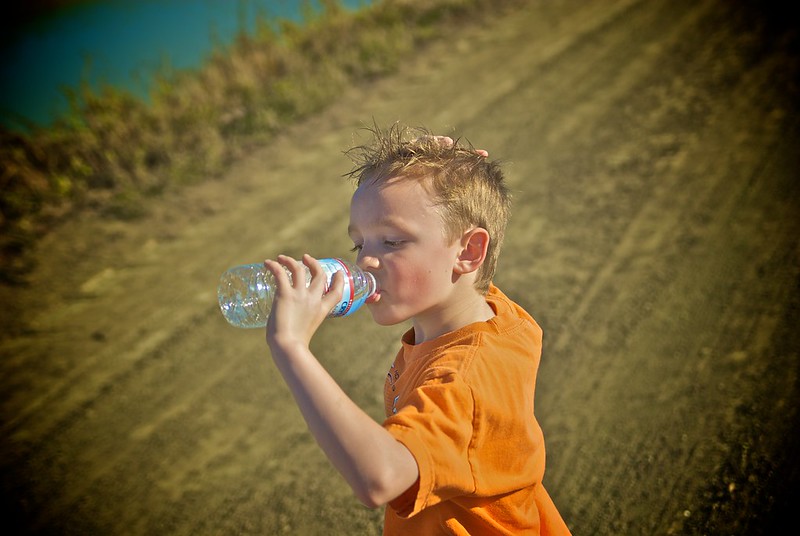
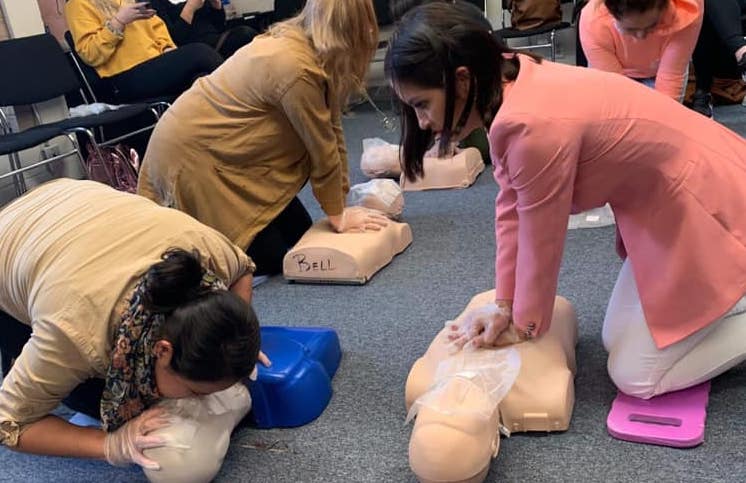
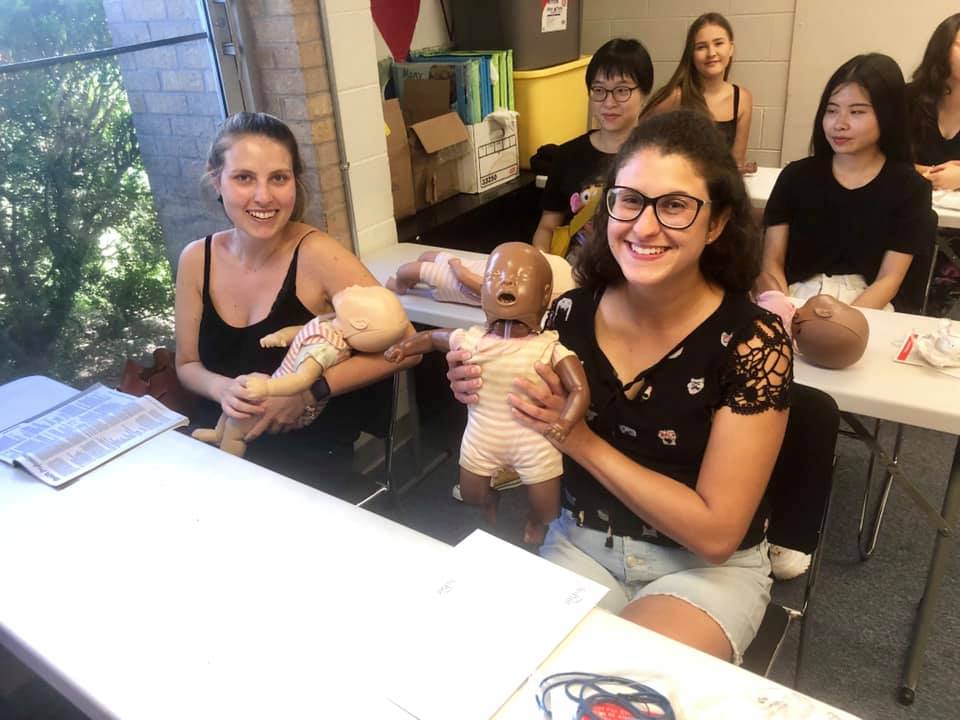 Classes are available through the Red Cross. Au Pair in America will pay for the cost of a class providing an au pair has at least six months left on her visa and is taking one of several approved childcare/child safety-related classes, such as Adult and Pediatric First Aid/CPR/AED. Au pairs should check with their community counselor and host family before signing up. Au Pair in America will register the au pair directly.
Classes are available through the Red Cross. Au Pair in America will pay for the cost of a class providing an au pair has at least six months left on her visa and is taking one of several approved childcare/child safety-related classes, such as Adult and Pediatric First Aid/CPR/AED. Au pairs should check with their community counselor and host family before signing up. Au Pair in America will register the au pair directly.